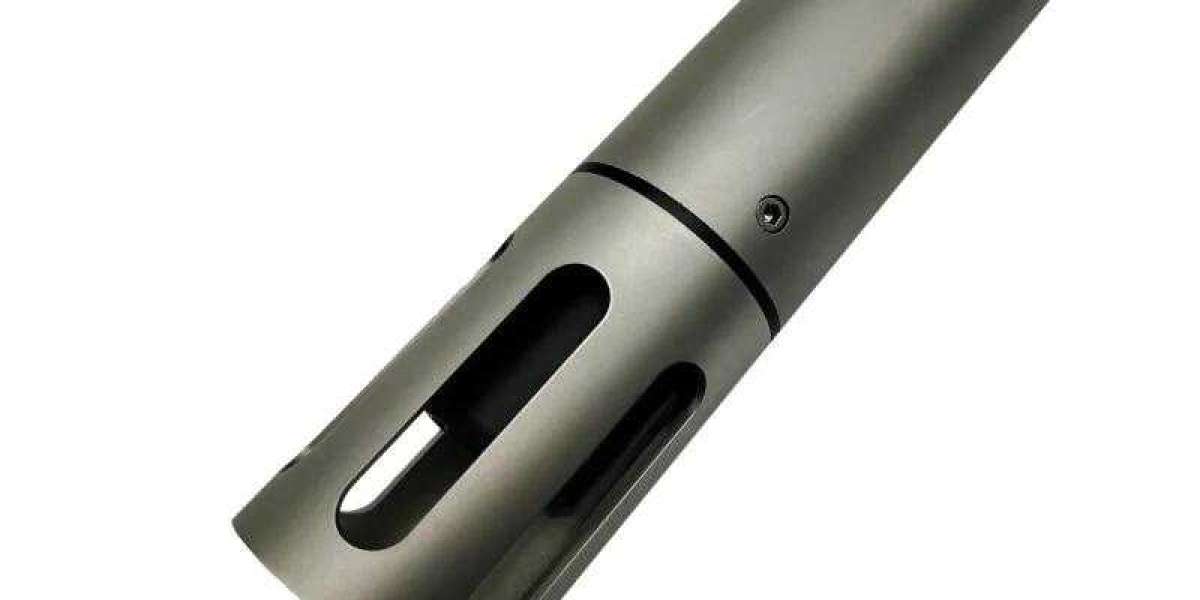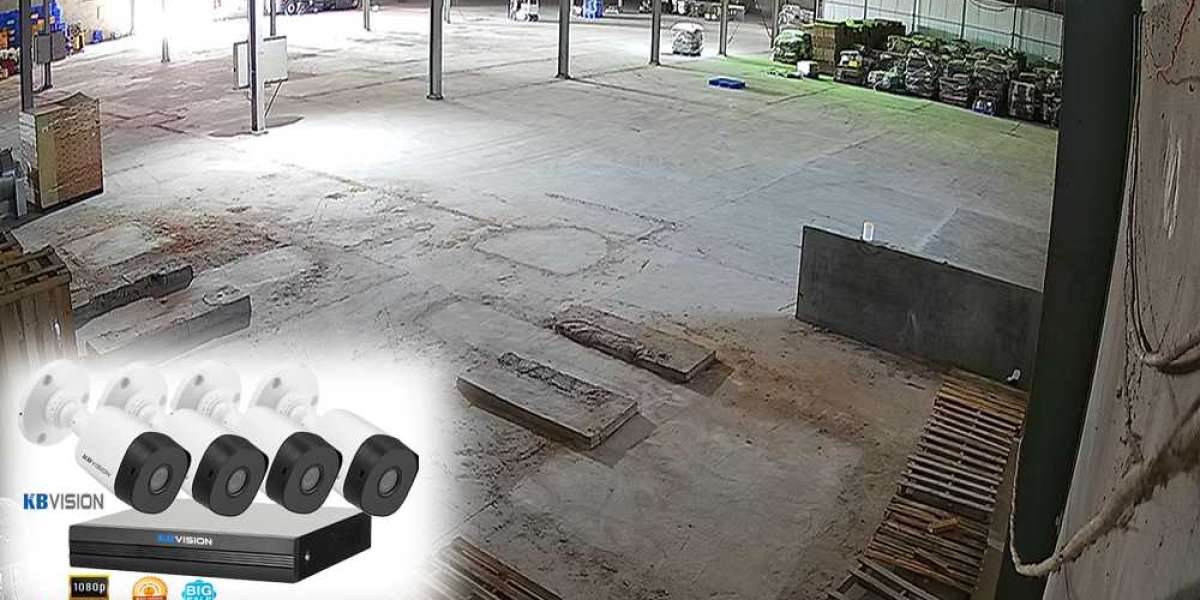In this blog, we will explore the significance of dissolved oxygen sensors, how they work, and the diverse industries that rely on them.
The Role of Dissolved Oxygen in Aquatic Ecosystems
Oxygen is a crucial element for the survival of aquatic life. Fish, aquatic plants, and microorganisms rely on oxygen dissolved in water to breathe and grow. A sufficient level of DO is essential for the sustainability of healthy ecosystems. Low levels of dissolved oxygen, often caused by pollution, eutrophication, or temperature changes, can lead to oxygen depletion, creating dead zones where aquatic life struggles to survive. As a result, monitoring dissolved oxygen levels in natural water bodies, rivers, lakes, and oceans is vital for maintaining the ecological balance.
Dissolved oxygen sensors are essential in environmental monitoring, helping scientists, researchers, and environmental agencies assess water quality and detect early signs of pollution or harmful algal blooms. Early detection allows timely intervention to protect aquatic life and prevent further ecological damage.
The Working Principle of Dissolved Oxygen Sensors
Dissolved oxygen sensors typically operate based on one of two primary technologies: electrochemical or optical.
Electrochemical Sensors: These sensors use an electrochemical reaction to measure the amount of oxygen dissolved in a liquid. They consist of a cathode, an anode, and an electrolyte, creating a circuit that generates a current proportional to the oxygen concentration. The oxygen molecules are reduced at the cathode, and this reduction generates a measurable electrical current. The more oxygen present, the higher the current, which corresponds to a higher DO level.
Optical Sensors: Optical dissolved oxygen sensors utilize fluorescence quenching technology. In this method, a fluorescent dye reacts to the presence of oxygen, and the fluorescence intensity decreases as oxygen levels increase. By measuring the rate of quenching, the sensor can calculate the dissolved oxygen concentration. Optical sensors are known for their low maintenance requirements, fast response times, and ability to provide highly accurate readings over a wide range of DO concentrations.
Applications of Dissolved Oxygen Sensors
The versatility of dissolved oxygen sensors makes them indispensable in a variety of industries:
Water Treatment: In municipal and industrial wastewater treatment, maintaining optimal DO levels is essential for the biological processes that break down organic waste. Insufficient oxygen levels can inhibit microbial activity, reducing treatment efficiency. Dissolved oxygen sensors help operators optimize aeration systems to maintain the right balance.
Aquaculture: In fish farming, dissolved oxygen levels are crucial for the health of aquatic species. High DO concentrations support healthy fish growth, while low levels can lead to stress, disease, and even fish mortality. Continuous monitoring with DO sensors ensures that aquaculture systems maintain the ideal environment for the fish.
Food and Beverage Industry: Many food and beverage production processes, such as fermentation, rely on dissolved oxygen to support microbial activity. For example, in brewing, winemaking, and yogurt production, monitoring DO levels is essential for controlling fermentation rates and ensuring product quality.
Environmental Monitoring: Regulatory agencies use DO sensors to assess the quality of rivers, lakes, and coastal waters. These sensors help in monitoring the health of ecosystems, detecting pollution sources, and ensuring compliance with environmental standards.
Conclusion
Dissolved oxygen sensors are vital tools that ensure the health of aquatic ecosystems, optimize industrial processes and improve environmental sustainability. Whether it's safeguarding aquatic life, enhancing water treatment processes, or supporting industries like aquaculture and food production, these sensors provide accurate, real-time data that can help prevent oxygen depletion and improve operational efficiency. As technology continues to advance, the role of dissolved oxygen sensors in various industries will only become more prominent, providing better solutions for managing water quality and environmental conservation.








